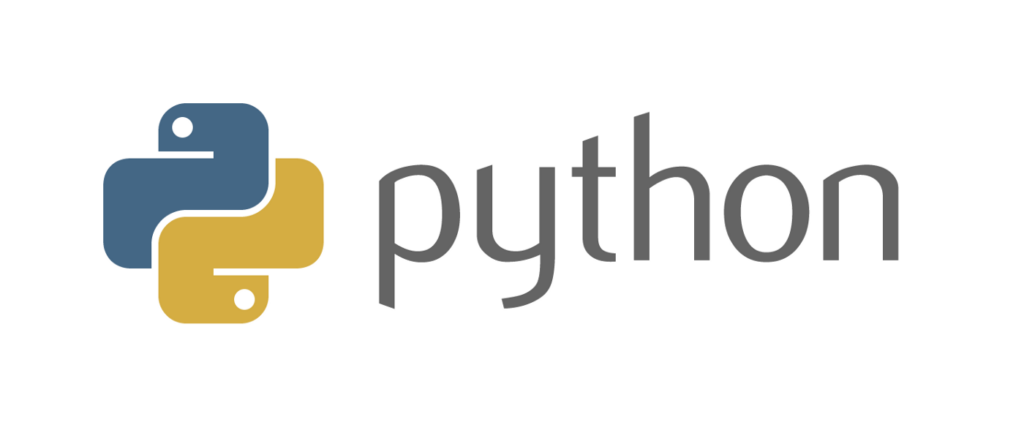Table of Contents
Introduction:
Python is a popular and powerful programming language that is widely used for a range of applications, including web development, data analysis, machine learning, and scientific computing. Its simple and intuitive syntax, large library of pre-built modules, and active community make it an ideal choice for beginners and experienced programmers alike.

Syntax and Data Types:
Python is known for its simple and readable syntax, which makes it easy for beginners to get started with programming. The syntax uses indentation to delimit blocks of code, rather than curly braces, which can make it easier to read and understand.
In this, there are several built-in data types, including integers, floating-point numbers, strings, and lists. It also supports dynamic typing, meaning that data types are determined at runtime, rather than being explicitly declared. This makes it possible to write code that can work with a wide range of data types.
Libraries and Modules:
One of the key advantages of this is its large library of pre-built modules and tools, which can be easily imported and used in your own projects. These libraries cover a wide range of topics, from web development and data analysis, to machine learning and scientific computing.
For example, the popular NumPy library provides tools for working with arrays and matrices, while the Matplotlib library is used for plotting and visualizing data. The Pandas library is a powerful tool for data analysis, providing fast and easy data manipulation and analysis.
Applications:
Python is widely used in a variety of applications, including web development, data analysis, scientific computing, and machine learning. Some of the most popular applications built with Python include:
Web Development:
Python is used to build dynamic and interactive web applications, using popular frameworks such as Django and Flask.Python is a popular and powerful programming language that is widely used for web development. Its simple and intuitive syntax, large library of pre-built modules, and active community make it an ideal choice for building dynamic and interactive websites.
Web Frameworks:
Python provides a number of web frameworks that make it easy to build and deploy web applications. Some of the most popular frameworks include Django and Flask.
Django is a high-level framework that provides a large set of tools for building complex web applications, including an ORM for working with databases, and a built-in administrative interface. Flask, on the other hand, is a lightweight framework that provides a minimal set of tools for building simple web applications.
Model-View-Template Architecture:
Most Python web frameworks use a Model-View-Template (MVT) architecture, which separates the application into three components: the model, the view, and the template. The model represents the data and the business logic of the application, the view defines the presentation of the data, and the template defines the structure of the HTML that is sent to the client.
Applications of web development using python:
Python is widely used for building a wide range of web applications, including e-commerce websites, content management systems, and social media platforms. Some of the most popular websites built with Python include Instagram, Pinterest, and Dropbox.
Data Analysis:
Python is a popular language for data analysis due to its libraries and frameworks such as NumPy, Pandas, Matplotlib, Seaborn, SciPy, and scikit-learn. These libraries provide tools for data cleaning, transformation, visualization, and machine learning. With these libraries, you can perform tasks such as data loading and manipulation, exploratory data analysis, statistical modeling, and data visualization.
Scientific Computing:
Python is a widely-used language in scientific computing. It provides numerous libraries such as NumPy, SciPy, Matplotlib, and scikit-learn that are specifically designed for numerical computations, scientific and engineering calculations, and data analysis. These libraries offer various functions for linear algebra, optimization, integration, interpolation, signal processing, and machine learning. Additionally, Python’s simplicity, readability, and large community make it a preferred choice for scientific computing and research..
Machine Learning:
Python is a popular language for machine learning due to its simplicity and a wide variety of powerful libraries. Some of the most popular machine learning libraries in Python are scikit-learn, TensorFlow, PyTorch, and Keras. These libraries provide a range of algorithms for tasks such as classification, regression, clustering, dimensionality reduction, and deep learning. With these libraries, you can easily build and train machine learning models, evaluate their performance, and use them for predictions. Additionally, Python’s active and supportive community, along with its ability to interface with other technologies, make it a great choice for machine learning.
Conclusion:
Python is a versatile and powerful programming language that is widely used for a range of applications. Its simple and readable syntax, large library of pre-built modules, and active community make it an ideal choice for beginners and experienced programmers alike. Whether you’re interested in web development, data analysis, or machine learning, Python is a great choice for your next project.

